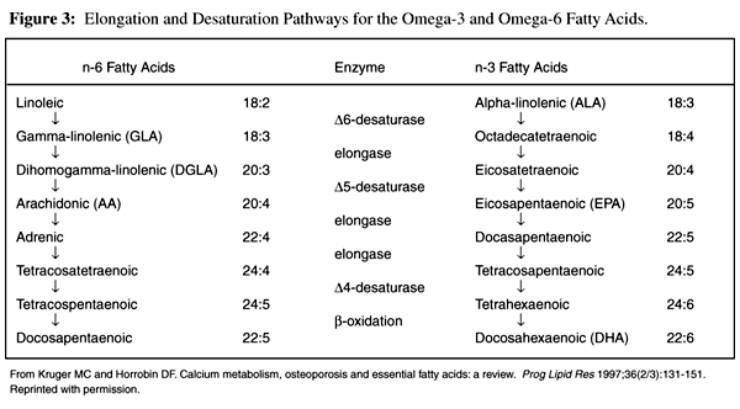Food Groups and Risk of All-cause Mortality: A Systematic Review and Meta-Analysis of Prospective Studies
SOURCE: Am J Clin Nutr. 2017 (Jun); 105 (6): 1462-1473
Lukas Schwingshackl, Carolina Schwedhelm, \Georg Hoffmann, Anna-Maria Lampousi et al.
German Institute of Human Nutrition Potsdam-Rehbruecke,
Nuthetal, Germany;
Background: Suboptimal diet is one of the most important factors in preventing early death and disability worldwide.
Objective: The aim of this meta-analysis was to synthesize the knowledge about the relation between intake of 12 major food groups, including whole grains, refined grains, vegetables, fruits, nuts, legumes, eggs, dairy, fish, red meat, processed meat, and sugar-sweetened beverages, with risk of all-cause mortality.
Design: We conducted a systematic search in PubMed, Embase, and Google Scholar for prospective studies investigating the association between these 12 food groups and risk of all-cause mortality. Summary relative risks (RRs) and 95% CIs were estimated with the use of a random effects model for high-intake compared with low-intake categories, as well as for linear and nonlinear relations. Moreover, the risk reduction potential of foods was calculated by multiplying the RR by optimal intake values (serving category with the strongest association) for risk-reducing foods or risk-increasing foods, respectively.
Results: With increasing intake (for each daily serving) of
whole grains (RR: 0.92; 95% CI: 0.89, 0.95),
vegetables (RR: 0.96; 95% CI: 0.95, 0.98),
fruits (RR: 0.94; 95% CI: 0.92, 0.97),
nuts (RR: 0.76; 95% CI: 0.69, 0.84), and
fish (RR: 0.93; 95% CI: 0.88, 0.98)
the risk of all-cause mortality decreased;
higher intake of
red meat (RR: 1.10; 95% CI: 1.04, 1.18) and
processed meat (RR: 1.23; 95% CI: 1.12, 1.36)
was associated with an increased risk of all-cause mortality in a linear dose-response meta-analysis.
A clear indication of nonlinearity was seen for the relations between vegetables, fruits, nuts, and dairy and all-cause mortality. Optimal consumption of risk-decreasing foods results in a 56% reduction of all-cause mortality, whereas consumption of risk-increasing foods is associated with a 2-fold increased risk of all-cause mortality.
There are more articles like this @ our:
Conclusion: Selecting specific optimal intakes of the investigated food groups can lead to a considerable change in the risk of premature death.
KEYWORDS: diet; dose response; food groups; meta-analysis; mortality
From the FULL TEXT Article:
INTRODUCTION
In 2013, the number of deaths worldwide and among all age groups amounted to nearly 55 million; 70% of these were caused by noncommunicable diseases. [1] One-third of these fatalities were caused by cardiovascular disease (CVD), followed by cancer at 15%. [1] A high-quality diet comprising abundant amounts of whole grains, fruits, vegetables, nuts, and fish is one of the most important factors in preventing early death and disability worldwide. [2]
During the past 50 y, lifestyle factors have been identified as modifiable factors associated with death. Thus, despite often unclear direct biological mechanisms due to the many potential underlying disease mechanisms, epidemiologic risk factors that can change the probability of death are important public health indicators. Studies that were able to translate risk reduction into measures of life expectancy calculated that populations with a low-risk profile (no smoking, physically active, healthy dietary pattern) differ in 10–15 y from those with a high-risk profile. [3]
Read the rest of this Full Text article now!




Leave A Comment